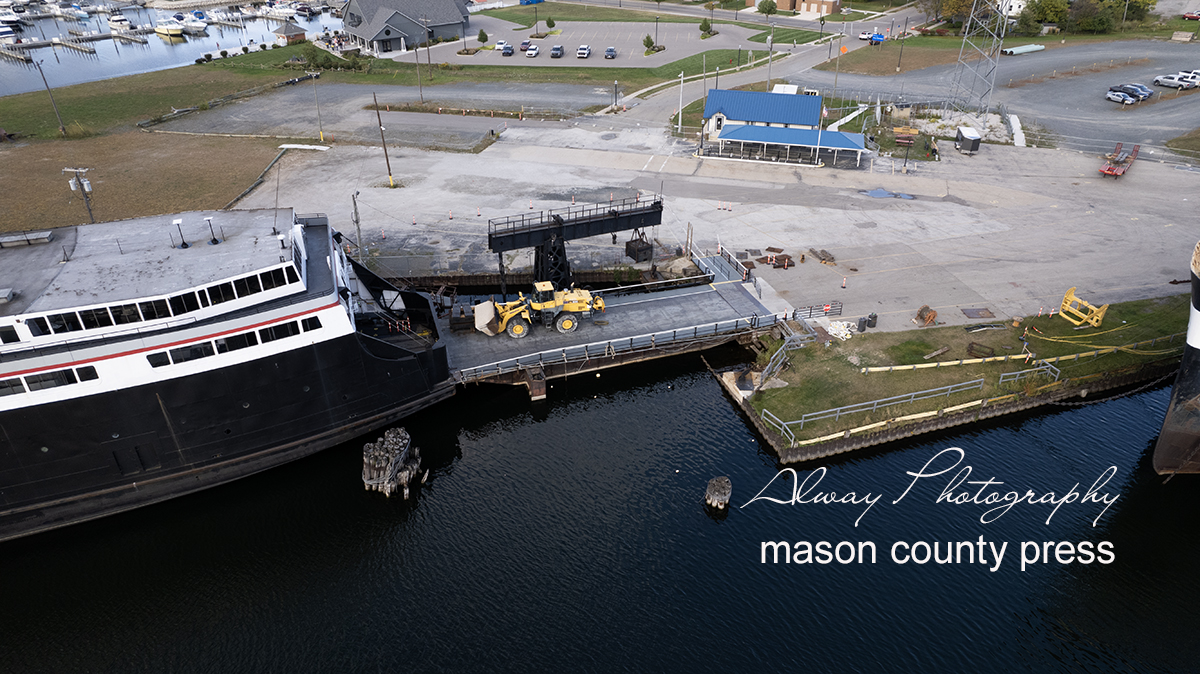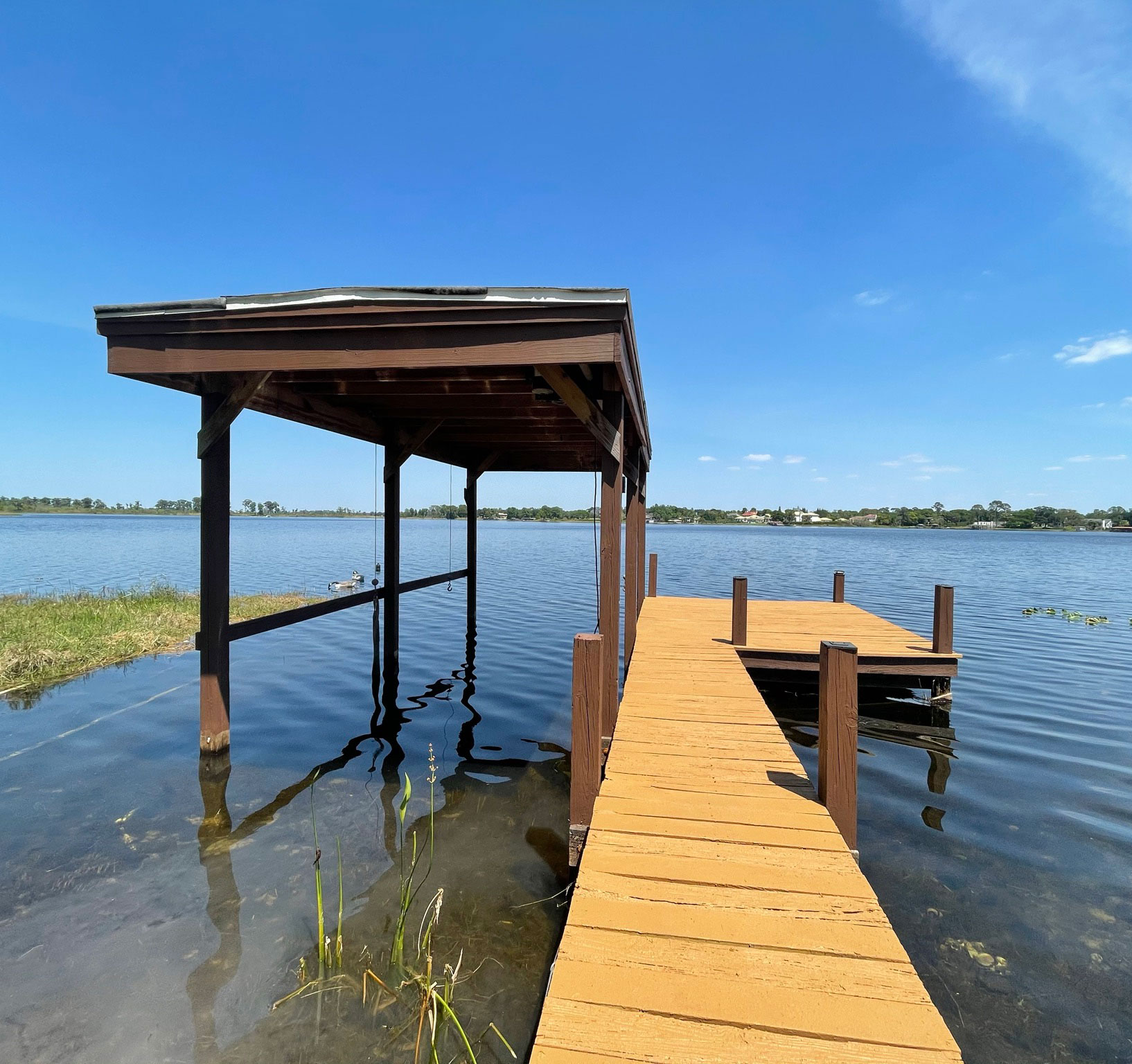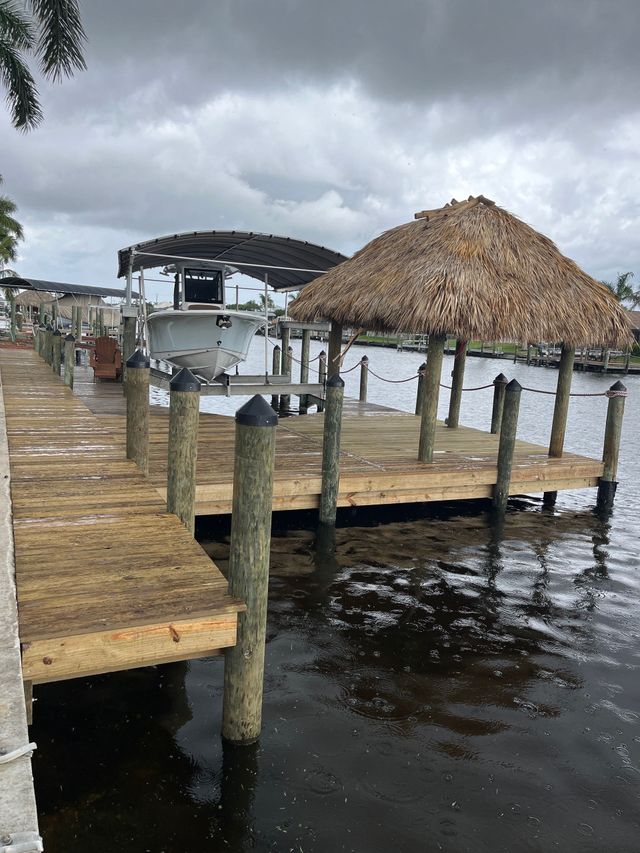Essential Guide to Economical Dock Repairs for Homeowners
Wiki Article
Effective Dock Repair Work Techniques: Making Sure Structural Honesty
Making certain the architectural honesty of anchors with effective repair techniques is paramount for the long life and safety of marine centers. This entails a multi-faceted technique starting with extensive inspections making use of innovative modern technologies like finder devices and remotely ran automobiles (ROVs) to find both visible and hid problems. Subsequently, selecting the right fixing materials, such as composite materials and corrosion-resistant alloys, is critical for longevity. Architectural reinforcement methods, including the application of cross-bracing systems and load-distribution plates, play an important duty in mitigating stress points. Nonetheless, the importance of these techniques comes to be noticeable when checking out innovative repair service methods and preventative upkeep strategies.Assessing Dock Damages
Evaluating dock damage is a crucial primary step in making certain the architectural honesty and security of any docking facility. This preliminary analysis includes a comprehensive evaluation to determine both noticeable and surprise damages. Key facets to examine include the dock's foundation, pilings, decking, and hardware. Each component should be inspected for indications of wear, rot, rust, or other forms of deterioration that might jeopardize the structural integrity.Architectural engineers or qualified examiners commonly execute these analyses utilizing specialized devices and methods. For example, undersea assessments may utilize sonar tools or from another location operated vehicles (ROVs) to detect immersed damages. Over water, visual inspections are enhanced by utilizing moisture meters and various other diagnostic tools to discover underlying issues not immediately noticeable to the naked eye.

Finding Repair Materials
Picking the ideal fixing products is a pivotal action in the dock restoration process, one that directly influences the longevity and performance of the fixed structure. Product choice need to be driven by variables such as ecological problems, load-bearing needs, and compatibility with existing dock components. For instance, wood is a conventional choice for docks due to its all-natural strength and visual allure. Nonetheless, picking the ideal sort of wood, such as pressure-treated lumber or naturally rot-resistant types like cedar or teak, is important to hold up against water environments.In enhancement to wood, composite products are progressively preferred because of their resilience and low upkeep requirements. Compounds, generally made from a mix of plastic and wood fibers, supply outstanding resistance to rot, pests, and UV damage. For steel docks, selecting corrosion-resistant alloys such as galvanized steel or marine-grade light weight aluminum is vital to protect against corrosion and ensure architectural integrity in saline water problems.
Epoxy materials and marine-grade sealants are indispensable for fixing splits and sealing joints, offering a water-proof barrier and improving the dock's total toughness. By meticulously choosing top notch products, dock repairs can accomplish resilient outcomes, therefore safeguarding against future destruction and making certain secure, dependable use.
Architectural Support Methods
Reliable architectural support strategies are essential in guaranteeing the security and long read this article life of dock fixings. One basic approach entails making use of steel or composite support bars (rebar) within concrete frameworks. Rebar supplies extra tensile stamina, stopping fractures and distributing loads more evenly. This approach is specifically reliable for anchors subjected to heavy tons or severe environmental conditions.An additional necessary strategy is the application of fiber-reinforced polymers (FRP) These products use high strength-to-weight ratios and outstanding resistance to corrosion, making them ideal for enhancing wood or concrete docks. FRP can be used in sheets or strips and bonded with epoxy materials to improve structural integrity.
Supporting and anchoring systems additionally play a critical function in structural support. Cross-bracing, using steel or wood beams, can neutralize lateral pressures, minimizing swaying and activity. Anchoring systems, such as helical piers or driven stacks, provide a secure foundation by transferring tons to deeper, much more steady dirt layers.
Last but not least, the combination of load-distribution plates can help disperse weight much more equally across the dock's surface area, reducing local stress factors. These strategies jointly guarantee that docks continue to be robust and secure, qualified of withstanding the rigors of their functional environment.
Advanced Fixing Techniques

An additional advanced technique involves undersea welding, which enables fixings to be performed without the demand to dewater the location. This technique is especially helpful for attending to structural issues in immersed dock parts, making sure very little interruption to operations. Boosted welding strategies, combined with robotic systems, supply accuracy and dependability, thereby extending the life-span of the dock.
Furthermore, cathodic protection systems are carried out to stop rust in metallic dock frameworks. By utilizing sacrificial anodes or satisfied present systems, these methods effectively minimize the electrochemical processes that lead to product degeneration.
Lastly, progressed tracking technologies, such as structural health and wellness surveillance (SHM) systems, supply real-time information on the condition of dock frameworks. These systems allow proactive upkeep and timely treatments, ultimately guaranteeing the lasting architectural integrity of the why not try here dock.
Maintenance and Prevention
Upkeep and avoidance are essential principles that underpin the longevity and safety and security of dock frameworks. Regular examinations are extremely important, permitting very early discovery of damage, potential weak points, and environmental influences. A positive strategy, involving routine look for corrosion, rot, and architectural changes, alleviates pricey repairs and lengthens the dock's functional life.Precautionary actions should include applying protective coatings to metal parts to defend against rust and utilizing treated wood to withstand degeneration. Additionally, guaranteeing appropriate water drainage and air flow can prevent water accumulation, which is a typical reason for architectural destruction. Incorporating quality materials and adhering to maker standards throughout building and construction and repair phases also play crucial roles in enhancing resilience.

Training personnel in dock upkeep finest methods guarantees consistent application of precautionary steps. Leveraging technological breakthroughs, such as drones for assessments and sensors for real-time monitoring, can better improve maintenance efforts. By focusing on maintenance and avoidance, dock owners can ensure architectural stability, functional security, and cost-effective monitoring over the dock's life expectancy.
Conclusion
In conclusion, preserving the architectural honesty of aquatic centers necessitates comprehensive dock repair work methods. Advanced repair service strategies, coupled with regular maintenance practices, guarantee the dock stays functional and secure under varied ecological problems.Making certain the architectural click here for more integrity of docks through effective repair service strategies is extremely important for the long life and safety and security of aquatic centers.Selecting the appropriate repair work materials is a pivotal action in the dock reconstruction procedure, one that directly affects the longevity and efficiency of the repaired framework.Effective architectural support techniques are essential in ensuring the security and longevity of dock fixings. By focusing on maintenance and prevention, dock proprietors can make sure architectural honesty, operational safety, and cost-efficient management over the dock's life expectancy.
In verdict, keeping the architectural integrity of aquatic facilities necessitates extensive dock fixing techniques.
Report this wiki page